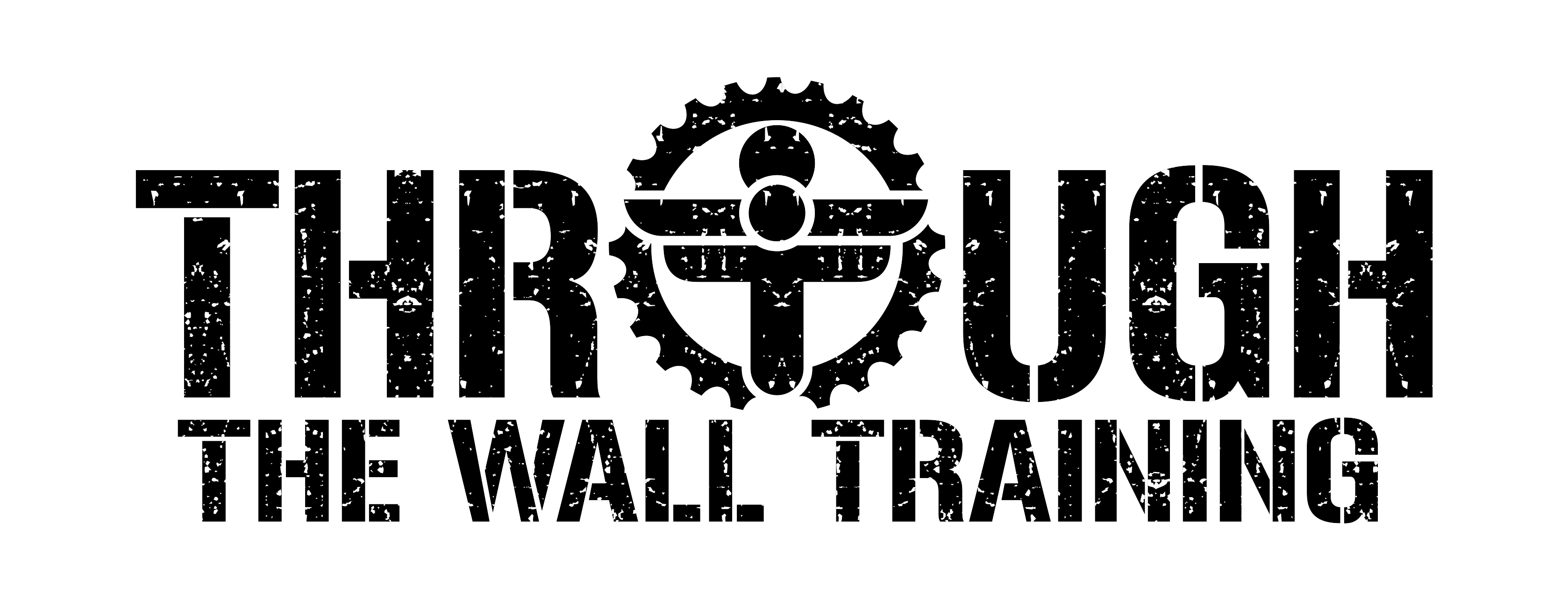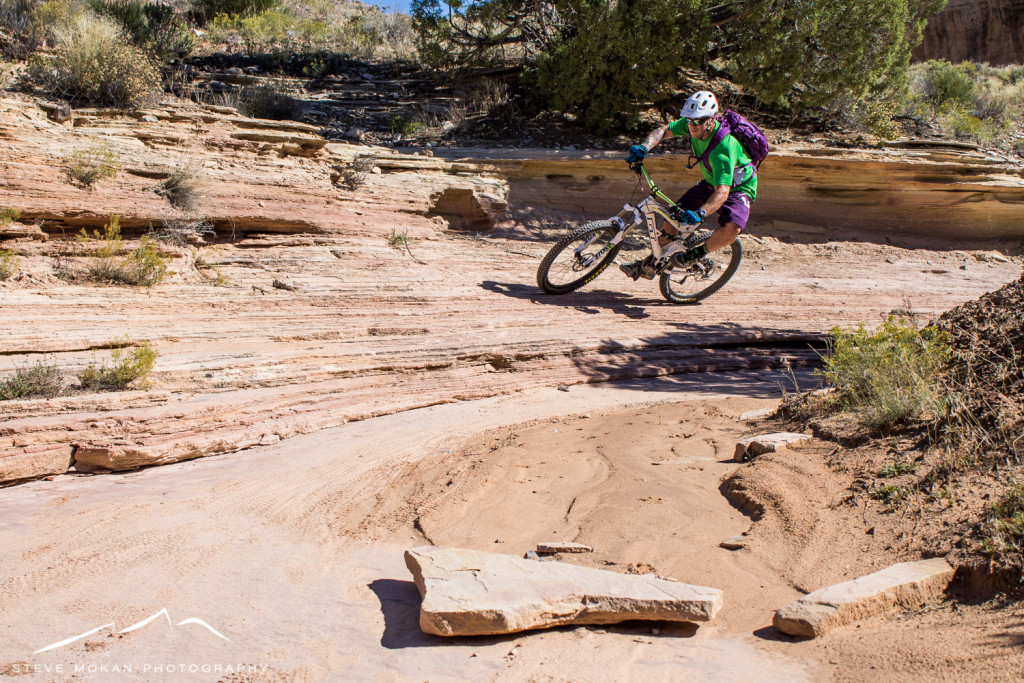Training: The Basics of Ride Nutrition

Author: Nick Swanson: Owner and Coach for Through the Wall Training, LLC
Recovery and nutrition are often overlooked parts of the overall training regimen. The foods you eat, the quantities, and the timing, all contribute either positively or negatively to how well your body recovers from training stress. The quicker you recover from training sessions, the sooner you can stress your system again, and therefore progress your fitness. This is the goal for most, if not all competitive athletes. So, how can you modify your diet to maximize your ability to recover and therefore increase the training stress your body can handle?
The answer is a long one, but I will try to summarize it here and delve deeper into the topic in subsequent posts. I’ll break it down into the key timeframes, since, as I mentioned in the paragraph above, timing is very important.
Pre Workout:
The key here is to prime your muscles for a good workout or race. The “watch out” is that if you do this too close to your workout or race you can actually hinder your performance due to a rapid increase in blood sugar its resulting insulin surge, which can lead to a feeling of hypoglycemia, or low blood sugar. Again, timing is extremely important here. My advice is to give yourself at least 2-3 hours after your pre-workout meal/snack before the workout/race to avoid the aforementioned insulin surge and lower blood sugar. You will have ideally consumed enough carbohydrates after your last workout to refuel your muscle’s glycogen stores (see later paragraphs on post workout nutrition).
So, what should you eat during this time? Keep it low in fiber, and aim for a balance of carbs, protein and fat with an emphasis on carbs. Don’t go overboard. A few hundred total calories should be sufficient, even if this is a morning workout. If it is a morning workout and you haven’t had time for a good breakfast 2-3 hours beforehand, then opt for a gel or two, or better yet a banana and electrolyte drink right, such as First Endurance EFS, as you start warming up. Engaging in activity will change how your body responds to the sugar in your blood and will not result in the insulin surge I warned about before.
During Workout:
If your workout is an hour to 1.5 hours or less, don’t bother with calories – you don’t need them, just drink water. If your workout or race is longer than 1-1.5 hours you need to take in carbohydrates based on your body size (200-400 calories per hour) – preferably in liquid form, with ample electrolytes. This should suffice for a race/workout up to about 3-4 hours. If you are going longer than that, you will likely need a bit more calories, skewing towards the 300-400 per hour range. I’d supplement the aforementioned with 1-2 gels depending on how your body tolerates it in your gut.
Post Workout Muscle Sponge Window:
Yes, this is my term for the 30-45 minutes post workout. In the 30-45 minutes after your workout, your muscles are ready and willing to take in calories, especially carbs and protein, like a used car salesman ready for customers at the end of a quarter. Minimize fat and focus on quick absorbing carbohydrate and some protein. I like a 3 to 1 protein grams to carbohydrate gram formula here.
Extended Post Workout Period
This timeframe is based on Joe Friel’s 5 stages of recovery. In short, your body can only metabolize so much in a given time frame. This is why the extended recovery period is so important. Basically, this timeframe lasts as long as your workout lasted, less the sponge period. For example, if you had a 4 hour ride, then the extended post workout periods is 4 hours minus the 45 minute sponge period. So, you ride 4 hours, then have 45 minutes of sponge time, then have 3:15 of extended recovery.
During this timeframe you want to continue to focus on quality carbohydrates. Try to eat high glycemic index foods that are on the alkaline side of the PH scale such as raisins, tropical fruits, sweet potatoes, etc. A good source for PH scale is http://www.trans4mind.com/nutrition/pH.html (scroll down about 1/5 of the way to the table). I will write a separate blog post about food PH and its importance for your body in a post very soon, as it is a greatly under-appreciated component of overall health in my opinion.
The Rest of the Time
Well, this is the rest of the time until you get to the 3 hour window before your next workout. During this time you want to focus on low acid/high alkaline foods, lower glycemic index foods and tons of vegetables. Notice how I didn’t talk much about those veggies in the 4 previous time periods? There’s good reason for that. You don’t want the fiber before, during, or after a workout. You don’t want it before and during because basically you don’t want to have to take the porta-potty break during a workout as a result of the fiber. You don’t want it right after because you don’t want the fiber to slow the absorption of glucose into your muscles. You don’t want a lot in the extended time frame for the same reason. This leaves the interim between the extended recovery period and your next pre-workout period to load up on veggies, protein and healthy fats. Mind your total calories and focus on getting as many micronutrient rich foods as possible.
This is the reader’s digest version of nutrition for athletes. I will dive deeper into important issues such as micro and macro nutrients, PH, and race nutrition in later posts. For now, I hope this helps to guide your day to day nutrition choices and highlight how important nutrition is in achieving your fitness goals. Cheers to meaningful training and recovery.

